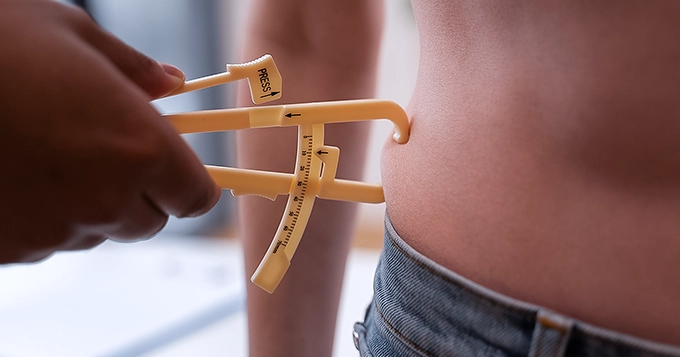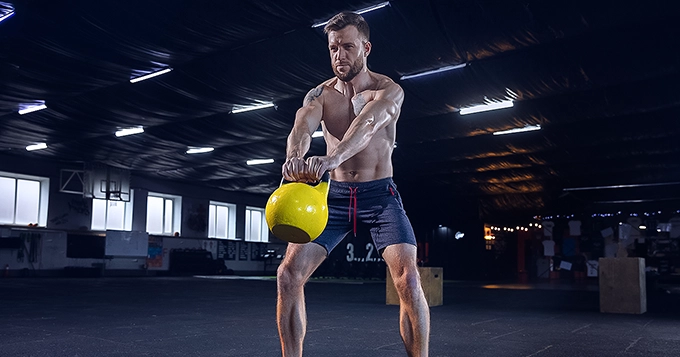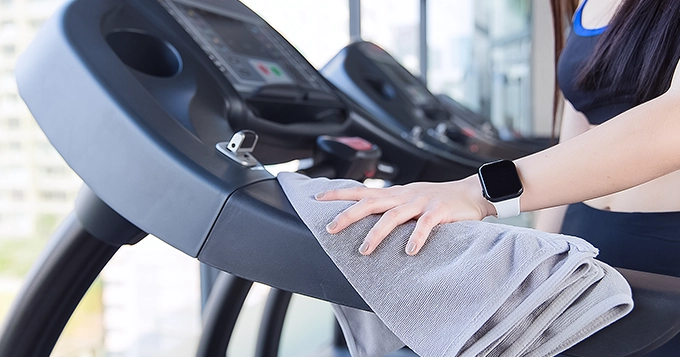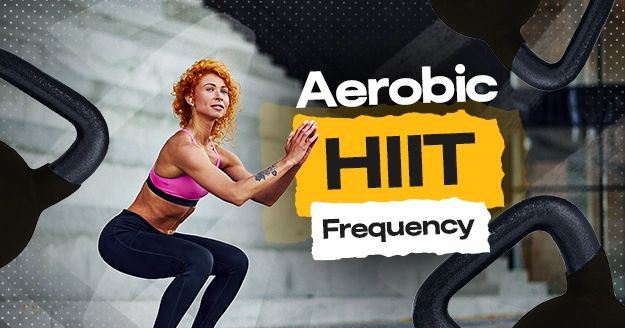High-Intensity Interval Training (HIIT) has surged in popularity as an efficient workout method for improving cardiovascular health and achieving fitness goals. Among its various forms, Aerobic HIIT stands out for its ability to enhance endurance and burn calories effectively. But the burning question remains: How often should you engage in aerobic exercise HIIT to reach your fitness targets? Let’s dive in!
Understanding Aerobic HIIT
Aerobic HIIT workout involves short bursts of intense aerobic exercise followed by brief recovery periods. It typically alternates between high-intensity activities, like sprinting or cycling at maximum effort, and low-intensity exercises, like walking or light jogging. This cycle is repeated for a predetermined duration, usually ranging from 10 to 30 minutes.
Benefits of HIIT Workouts
- Reduces Body Fat
A 2012 study found that High-Intensity Interval Training (HIIT) might be more effective in reducing body fat than steady exercises like jogging. This study, involving 46 overweight males with an average age of 25, showed significant reductions in abdominal fat among participants who engaged in three 20-minute HIIT sessions weekly compared to those in the control group.
Recent research also indicates that HIIT workouts using hydraulic resistance systems could potentially burn more calories than steady exercises of equal duration, suggesting HIIT’s efficiency in calorie expenditure.
- Improve Cardiovascular and Metabolic Health
HIIT improves heart health and metabolic measures in individuals with varying health statuses, including those with cardiovascular conditions. A 2015 study revealed that a 10-week HIIT program yielded comparable cardiovascular and metabolic benefits to moderate-intensity workouts.
In the study, 90 inactive participants completed either HIIT or traditional moderate-intensity training. Despite the fact that the HIIT program requires only 55 minutes of weekly exercise, less than half the time of the traditional program, it delivers similar results.
- Improving Mental Health
HIIT training shows promise in improving mental health, particularly for individuals with psychiatric conditions. A 2019 review suggests its potential to reduce depression severity, although further high-quality trials are needed for conclusive evidence. For those with chronic schizophrenia, short HIIT workouts may address barriers like low motivation and time constraints.
An 8-week program with three 15-minute sessions per week yielded positive outcomes, including reduced BMI, heart rate, and depression levels, as well as improved physical and mental well-being for participants from a psychiatric day care unit.
How long should a HIIT workout be?
In determining the duration of your HIIT workout, consider your fitness level and familiarity with the routine. Aim for short sessions lasting between 20 to 45 minutes, accounting for warm-up and cool-down periods. Going beyond this timeframe may compromise the intensity necessary to complete the workout effectively.
What’s the Optimal Rest Period Between HIIT Intervals?
In HIIT workouts, keeping rest intervals short is key. While a 1:1 work-to-rest ratio is ideal for longer breaks, a more common ratio is 1:30, translating to a 30-second rest for every minute of exercise. Take Tabata, for instance, featuring 20 seconds of work followed by a 10-second rest for four-minute rounds.
The aim is to allow enough time for muscle recovery without letting your heart rate drop significantly. Remember, rest intervals are as crucial as the intense exercise itself. They give your muscles and energy systems a chance to recover, priming you for peak performance throughout the workout.
How often should you do a HIIT workout?
The frequency of your HIIT workouts should align with your fitness level, training program, and goals.
During peak training weeks, aim for two to three HIIT sessions. However, during recovery weeks, reduce it to one or possibly none.
HIIT workouts are demanding and can strain your body. To avoid overtraining and minimize injury risk, space out your sessions throughout the week and ensure at least one day of low-intensity exercise or a day of rest between workouts. This recovery period is essential for your body to recuperate effectively.
Sample 15-Minute Bodyweight HIIT Workout
This quick bodyweight circuit takes just 15 minutes and requires no equipment. It is perfect for home workouts.
Perform each exercise for 30 seconds without rest, moving from one to the next. After completing the circuit, rest for up to 2 minutes and repeat it 4 times for a total of about 15 minutes.
Prior to starting your workout, warm up for at least five minutes with light aerobic exercises and stretches to prepare your body. Similarly, cool down with gentle exercises after finishing to gradually return your heart rate, breathing, and body temperature to normal, reducing the risk of dizziness.
Examples of high intensity cardio:
- Jump squats
- Squats
- Jumping jacks
- Press-ups
- Bicycle crunches
Sample 30-minute HIIT workout
This 30-minute HIIT workout offers a bit more intensity but with built-in rest periods between exercises to keep it manageable.
Consisting of seven moves that blend bodyweight exercises with minimal equipment, aim to complete as many reps as possible in 35 seconds for each exercise, followed by a 25-second rest. Repeat the circuit three times for a comprehensive 30-minute full-body HIIT session.
Exercises you can include in your routine:
- Kettlebell swings
- Burpees
- Bear crawls
- High knees
- Jumping jacks
- Dumbbell overhead press
- Kettlebell goblin squats
Aerobic HIIT Tips
Listen to Your Body
Regardless of your fitness level, listening to your body and adjusting the frequency accordingly is crucial. Signs of overtraining include decreased performance, persistent fatigue, increased resting heart rate, and mood disturbances. If you experience these symptoms, scale back the frequency and prioritize rest and recovery.
Consistency Is Key
Consistency plays a pivotal role in reaping the benefits of Aerobic HIIT. Stick to a regular schedule that aligns with your goals and lifestyle. Whether it’s early evening workouts after a busy day or early morning sessions before work, find what works best for you and commit to it.
Final Thoughts
Aerobic HIIT is a potent tool for enhancing cardiovascular fitness, burning calories, and achieving your fitness targets.
By tailoring the frequency of your HIIT sessions to your unique needs and listening to your body, you can optimize your results while reducing your risk of injury.
Remember, patience and consistency are ingredients to succeed on your fitness journey.









